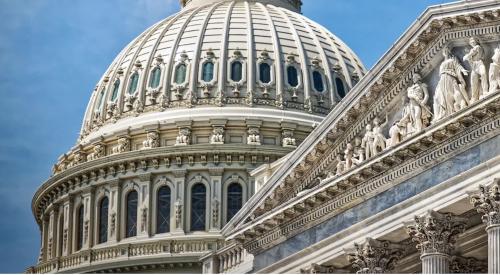| NAHB President Bruce Smith
|
Curbing excessive regulation perennially tops our industry’s "to do" list. It has led our action agenda for so long that we occasionally need a reality check to remind us of the astonishing degree to which regulation affects housing affordability — and of the need to be vigilant in our efforts to reduce regulation.
I had a distressing look at reality recently when I received a copy of a study documenting the effects of regulation on the cost of a new home in Carlsbad, Calif.
According to the report, a typical new home in this city just north of San Diego has 2,627 square feet of living space plus a balcony, patio and three-car garage, and is situated on a 6,000-7,000-square-foot lot. Regulation accounts for 26% — or more than $96,000 — of the $371,339 sales price. Even more distressing, that $96,000 reflects only the cost of complying with local requirements such as city fees, land dedications, local development standards and financing. The study explicitly excluded federal and state regulations affecting new home construction as well as costs developers incur in meeting local efforts to fulfill federal environmental requirements.
Sadly, this isn’t the first study to document the crippling effect that regulation has on housing affordability. And it definitely won’t be the last. Over-regulation is pervasive throughout the country, and even though it might not add as much to the cost of a home in other markets as it does in Carlsbad, any unnecessary regulation imposed on new home construction anywhere in the country cuts to the heart of housing affordability.
That’s why it was gratifying recently to learn that Congress had reversed a regulation on ergonomics that would have cost home builders and businesses in many other industries billions of dollars. It was the first time Congress used the Congressional Review Act of 1996 to annul a bad regulation. Let’s hope it’s not the last.
And let’s hope our state and local lawmakers follow suit. Let’s urge them to follow suit. While preventing the enactment of unnecessary regulations must always be our primary goal in the war against regulation, there’s no reason elected officials at all levels of government cannot exercise responsible oversight on the implementation of the laws they enact. As I see it, that’s part of their responsibility as public officials, and I intend to make sure they fulfill that responsibility. I urge you to do the same.












